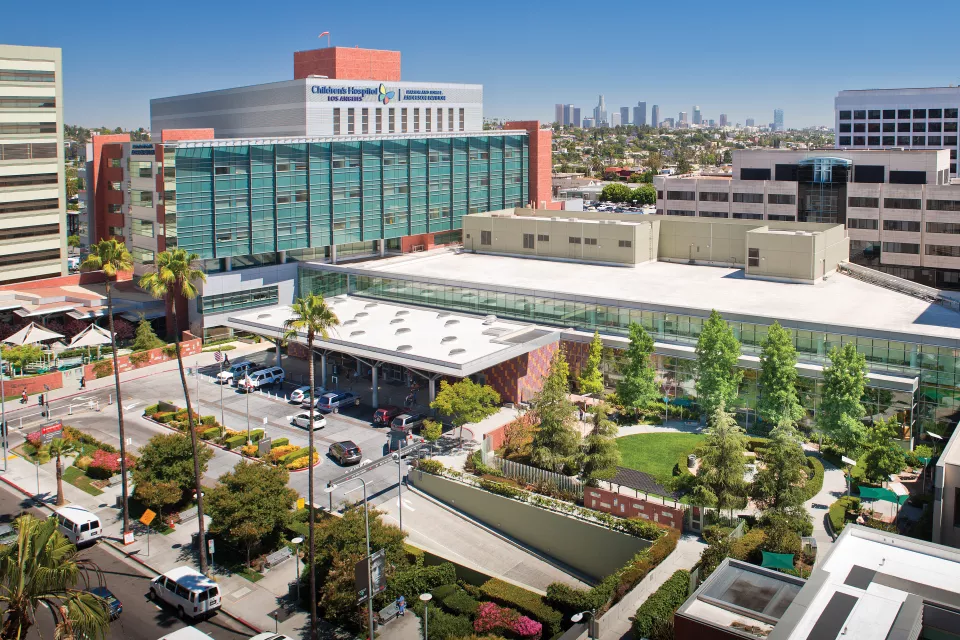Congenital hand anomalies are differences present at birth. They are fairly common and affect up to 1 in 626 live births. These hand conditions are typically not genetic but spontaneous, due to a random event during the developmental process. Congenital hand differences present in several ways.
Common Conditions
- Aplasia: Absence of specific bones and parts
- Arthrogryposis: “Curved,” stiff joints
- Brachydactyly: Short finger or thumb
- Camptodactyly: Curvature in the flexor plane of the finger
- Clinodactyly: Deviation in lateral plane of finger or thumb
- Constriction ring: Amniotic bands
- Dysplasia: Abnormal development of bones and parts
- Ectrodactyly: Partial or total absence of central fingers
- Hypoplasia: Under-development of bones and parts
- Macrodactyly: Overgrown finger or thumb
- Phocomelia: Foreshortened upper limbs
- Polydactyly: More than normal numbers of fingers or thumbs
- Symbrachydactyly: Short fingers that are webbed
- Syndactyly: Webbed fingers or thumb
- Synostosis: Bone fusion
Management
Children with congenital hand differences can often function well on their own, without the need for further intervention. A subset of patients may benefit from simple adaptations to the environment, hand therapy, and/or surgery. Regardless of the treatment choice, the most important goal is to help the child function as independently as possible.
In consultation with a plastic surgeon, an occupational therapist will administer a functional hand evaluation to help you determine the best options for your child. During play activities, they will observe how your child grasps objects and uses their hands in general. Based on the functional analysis, your health-care team may suggest surgical and/or therapeutic solutions.
Occupational Therapy
An occupational (hand) therapist can educate your child on different ways of performing activities that will help them be as independent as possible. This may include a stretching or splinting program to help improve movement across joints.
Surgery
Children as young as 6 to 12 months old may have surgery, but sometimes it is better to wait and see how your child will use their hand before making any decisions. If hand function has not been adequately restored with activity modification and/or therapy, your child may benefit from surgical intervention. An experienced occupational therapist and plastic surgeon can help in the decision making process.
Postoperative Care
Following surgery, your child may be placed into a splint (“half-cast”) to protect the reconstruction. Depending on the type of surgery, the splint will stay in place between 2 and 4 weeks. Once the splint is removed, the hand will be checked to make sure that the skin, tendons, and/or bone have adequately healed. Once healing has been confirmed, your child will resume hand therapy with the occupational therapist to maximize hand function.
Scheduling a Consultation
Your pediatrician or family doctor can make a referral to the plastic surgery clinic. Please contact the plastic surgery clinic at 323-361-2154 for more information about our services.
